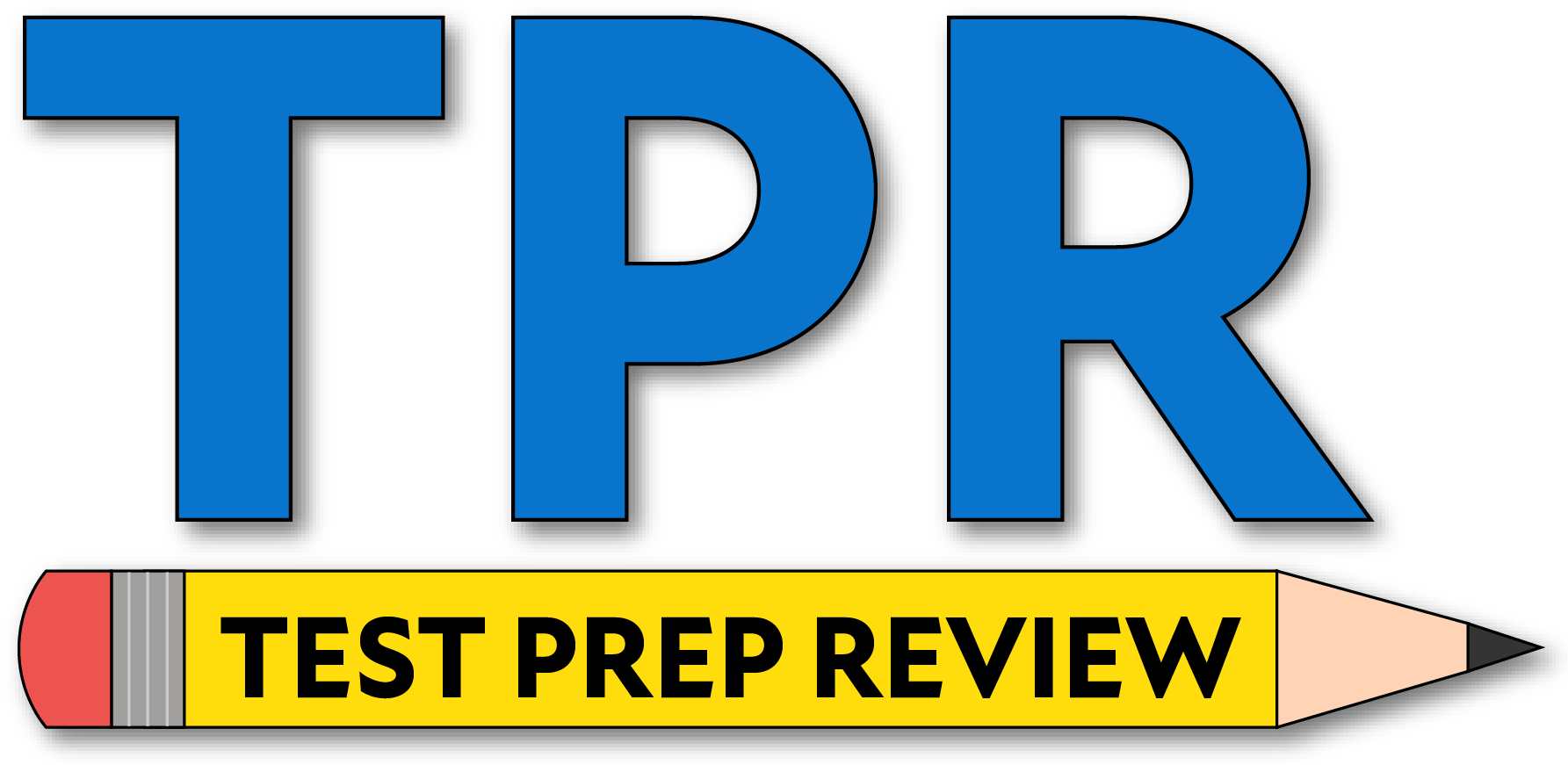- On a six-sided die, each side has a number between 1 and 6. What is the probability of throwing a 3 or a 4?
- 1 in 6
- 1 in 3
- 1 in 2
- 1 in 4
On a six-sided die, the probability of throwing any number is 1 in 6. The probability of throwing a 3 or a 4 is double that (2 in 6). This can be simplified by dividing both 2 and 6 by 2.
- Three coins are tossed up in the air, one at a time. What is the probability that two of them will land heads up and one will land tails up?
- 0
- \(\frac{1}{8}\)
- \(\frac{1}{4}\)
- \(\frac{3}{8}\)
Shown below is the sample space of possible outcomes for tossing three coins, one at a time. Since there is a possibility of two outcomes (heads or tails) for each coin, there is a total of \(2\times 2\times 2=8\) possible outcomes for the three coins altogether. Note that H represents heads and T represents tails:
HHH HHT HTT HTH TTT TTH THT THH
Notice that out of the 8 possible outcomes, only 3 of them (HHT, HTH, and THH) meet the desired condition that two coins land heads up and one coin lands tails up. Probability, by definition, is the number of desired outcomes divided by the number of possible outcomes. Therefore, the probability of two heads and one tail is \(\frac{3}{8}\), Choice D.
- A two-digit number is chosen at random. What is the probability that the chosen number is a multiple of 7?
- \(\frac{1}{10}\)
- \(\frac{1}{9}\)
- \(\frac{11}{90}\)
- \(\frac{12}{90}\)
- \(\frac{13}{90}\)
There are 90 two-digit numbers (10 through 99). The multiples of 7 in this range are 14, 21, …, 98—specifically 7×2 through 7×14, which is 13 numbers. Hence the probability is \(\frac{13}{90}\), Choice E.
- A bag contains 14 blue, 6 red, 12 green, and 8 purple buttons. 25 buttons are removed from the bag randomly. How many of the removed buttons were red if the chance of drawing a red button from the bag is now 1/3?
- 0
- 1
- 3
- 5
- 6
Initially there are 6 red buttons out of 40 total. After removing 25, 15 remain. Let \(r\) be the number of removed red buttons, so \(6−r\) red remain. We have \(\frac{6−r}{15} = \frac{1}{3}\), giving \(6−r = 5\) and \(r = 1\).
Therefore, 1 red button was removed.
- There are 6 blue marbles, 3 red marbles, and 5 yellow marbles in a bag. What is the probability of selecting a blue or red marble on the first draw?
- \(\frac{1}{3}\)
- \(\frac{4}{7}\)
- \(\frac{8}{14}\)
- \(\frac{9}{14}\)
- \(\frac{11}{14}\)
There are \(6 + 3 = 9\) blue or red marbles out of 14 total. Thus the probability is \(\frac{9}{14}\).
- Using a six-sided die, Carlin has rolled a six on each of 4 successive tosses. What is the probability of Carlin rolling a six on the next toss?
- \(\frac{1}{2}\)
- \(\frac{1}{4}\)
- \(\frac{1}{6}\)
- \(\frac{1}{30}\)
- \(\frac{1}{3,125}\)
Each die toss is independent, and the chance of rolling a six is always \(\frac{1}{6}\), regardless of previous outcomes.
- A regular deck of cards has 52 cards. Assuming that you do not replace the card you had drawn before the next draw, what is the probability of drawing three aces in a row?
- 1 in 52
- 1 in 156
- 1 in 2000
- 1 in 5525
- 1 in 132600
The probability without replacement is:
\(\frac{4}{52}\times\frac{3}{51}\times\frac{2}{50}=\frac{24}{132,600}=\frac{1}{5,525}\)
- An MP3 player is set to play songs at random from the fifteen songs it contains in memory. Any song can be played at any time, even if it is repeated. There are 5 songs by Band A, 3 songs by Band B, 2 by Band C, and 5 by Band D. If the player has just played two songs in a row by Band D, what is the probability that the next song will also be by Band D?
- 1 in 5
- 1 in 3
- 1 in 9
- 1 in 27
- Not enough data to determine.
Since repeats are allowed, each play is independent. The chance of a Band D song is \(\frac{5}{15}=\frac{1}{3}\).
- Referring again to the MP3 player described in Question 8, what is the probability that the next two songs will both be by Band B?
- 1 in 25
- 1 in 3
- 1 in 5
- 1 in 9
- Not enough data to determine.
Each song has a \(\frac{3}{15}=\frac{1}{5}\) chance of being Band B, and plays are independent. So \(\frac{1}{5}\times\frac{1}{5}=\frac{1}{25}\), Choice A.
- If a bag of balloons consists of 47 white balloons, 5 yellow balloons, and 10 black balloons, what is the approximate likelihood that a balloon chosen randomly from the bag will be black?
- 19%
- 16%
- 21%
- 33%
There are 10 black balloons out of 62 total, so we get:
\(\frac{10}{62}\approx0.1613\approx16\%\)
- In a lottery game, there are 2 winners for every 100 tickets sold on average. If a man buys 10 tickets, what is the probability that he is a winner?
- 21.5%
- 20%
- 18.3%
- 2%
The chance of winning any one ticket is 0.02. The probability of at least one win in 10 tickets is:
\(1 – (1 – 0.02)^{10} = 1 – (0.98)^{10} \approx 18.3\%\)
